Reimer-Tiemann reaction introduces an aldehyde group on to the aromatic ring of phenol, ortho to the hydroxyl group. This reacrtion involves electrophilic aromatic subsititution. It is a general method for the synthesis of subsituted salicyladehydes as depiced below:
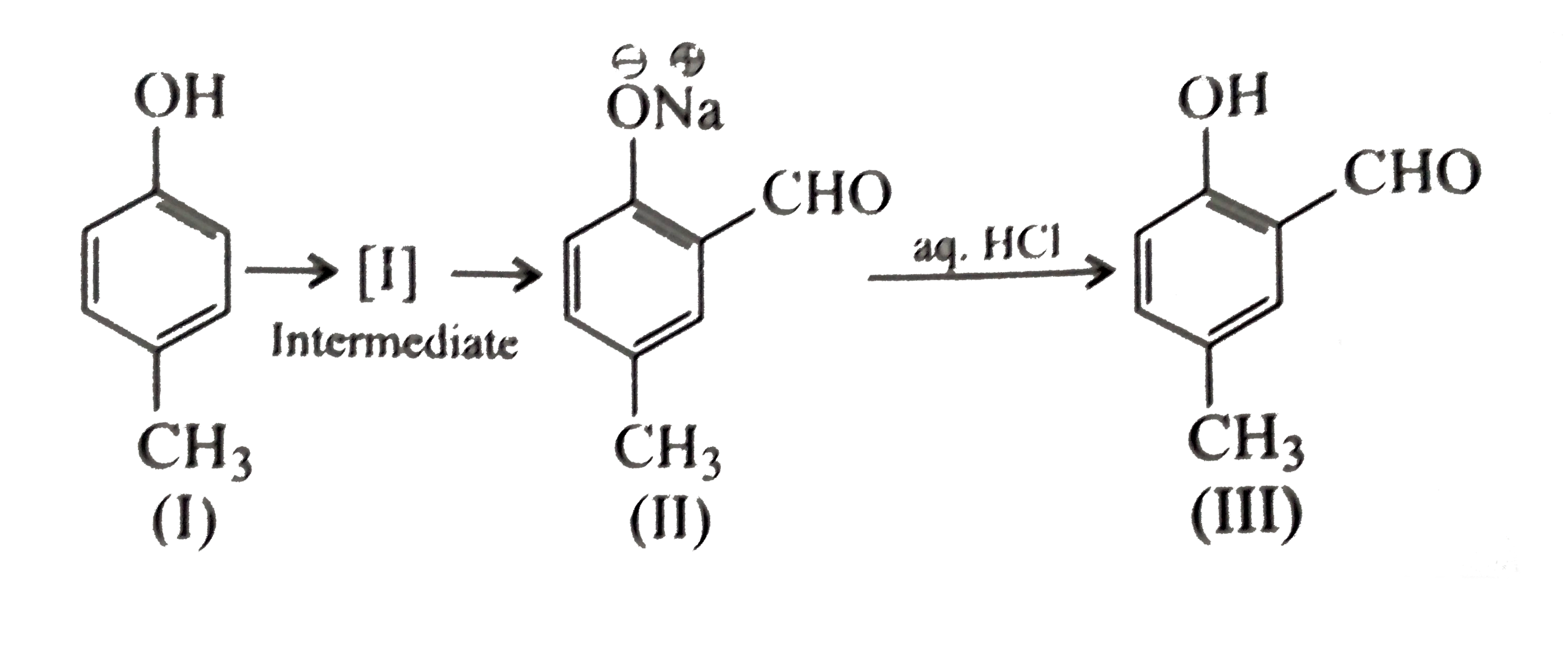
Which one of the following reagents is used in the above reaction ?
aq. NaOH+CH3Cl
aq. NaOH+CH2Cl2
aq. NaOH+CHCl3
aq. NaOH+CH4
The correct Answer is:C
Riemer Tiemann reaction is used to prepare salicyladehyde from phenol using aq.NaOH+CHCl3
Topper's Solved these Questions
- ALCOHOLS, PHENOLS & ETHERS Book:VMC MODULES ENGLISHChapter:ALCOHOLS, PHENOLS & ETHERS Exercise:Example
Explore 20 Videos
- ALCOHOLS, PHENOLS & ETHERS Book:VMC MODULES ENGLISHChapter:ALCOHOLS, PHENOLS & ETHERS Exercise:PRACTICE EXERCISE:1
Explore 21 Videos
- 13-14 HYDROGEN & S-BLOCK ELEMENTBook:VMC MODULES ENGLISHChapter:13-14 HYDROGEN & S-BLOCK ELEMENTExercise:JEE Advanced Archive
Explore 48 Videos
- ALCOHOLS, PHENOLS & ETHERSBook:VMC MODULES ENGLISHChapter:ALCOHOLS, PHENOLS & ETHERSExercise:Impeccable
Explore 100 Videos
Similar Questions
Reimer-Tiemann reaction introduces an aldehyde group on to the aromatic ring of phenol, ortho to the hydroxyl group. This reacrtion involves electrophilic aromatic subsititution. It is a general method for the synthesis of subsituted salicyladehydes as depiced below:
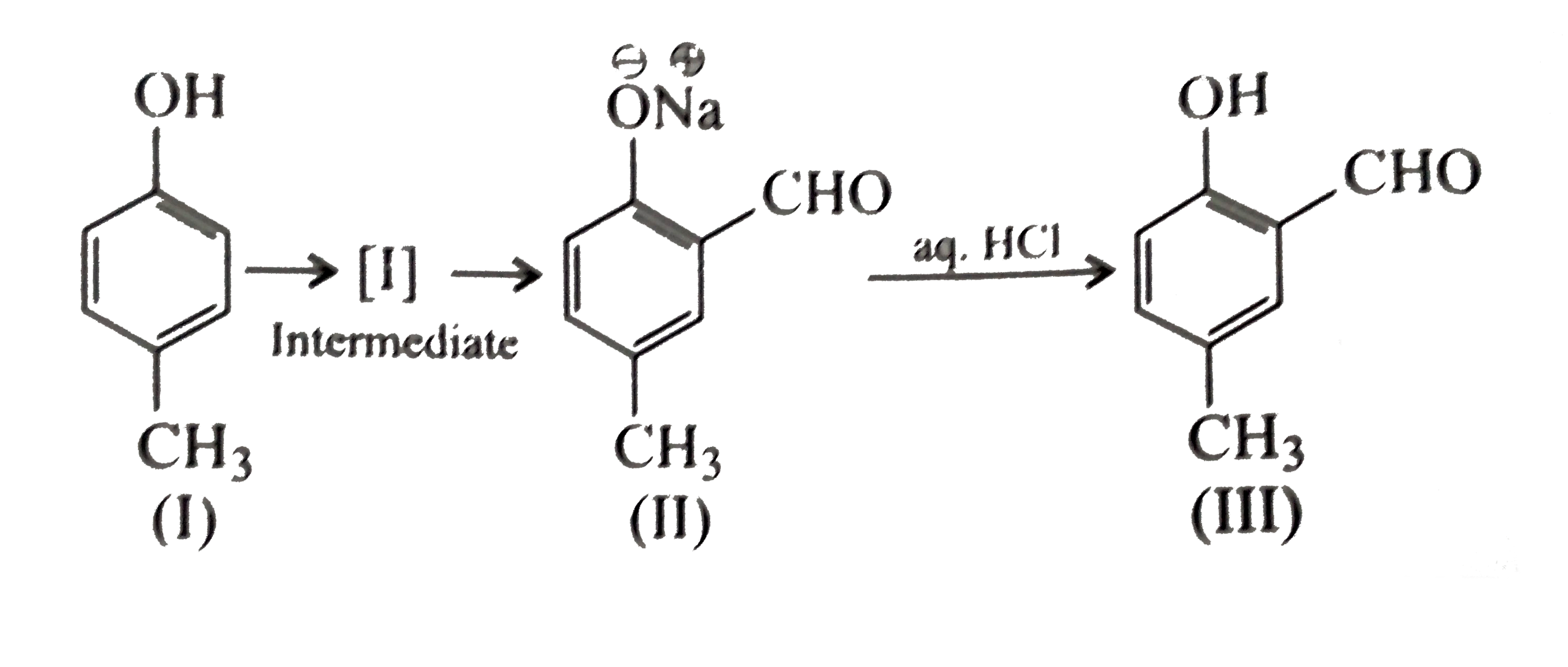
The electrophile in this reaction is:
View SolutionConsider the following reactions:

Which of the following group(s) of reagents is/are used in the above conversion?
View Solution
Knowledge Check
Assertion : Aromatic aldehydes and ketones undergo electrophilic substitution reaction at metaposition.
Reason : Carbonyl group activates the ring towards electrophilic substitution reactions.AIf both assertion and reason are true and reason is the correct explanation of assertion.BIf both assertion and reason are true but reason is not the correct explanation of assertion.CIf assertion is true but reason is false.DIf both assertion and reason are false.If aromatic ring is substituted by more than groups then electrophilic aromatic substitution reaction take place according to more activating group.Types of group which donate electron in aromatic ring known as activating groups.
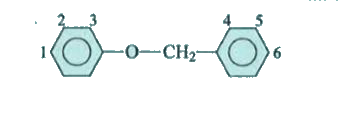
Find out correct product of reaction.A B
B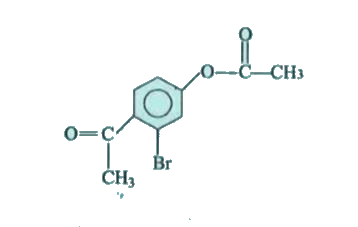 C
C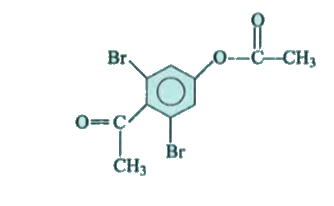 DNO reaction
DNO reactionIf aromatic ring is substituted by more than groups then electrophilic aromatic substitution reaction take place according to more activating group.Types of group which donate electron in aromatic ring known as activating groups.
Major product formation take place at which position in this reaction :
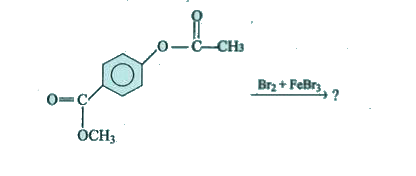 A3B1C6D4
A3B1C6D4
Reaction of phenol with chloroform in presence of dilute sodium hydroxide finally introduces which one of the following functional group ?
View SolutionReaction of phenol with chloroform in presence of dilute sodium hydroxide finally introduces which one of the following functional group ?
View SolutionNitration is an example of aromatic electrophilic substitution and its rate depends upon the group already present in the benzene ring. Out of benzene and phenol, which one is more easily nitrated and why ?
View SolutionPhenols are more acidic than aliphatic alcohols acidity of phenols can be further increased by the introduction of electron withdrawing groups in aromatic ring .Acidic nature of phenol is because of the resonance stabilization of phenoxide ion

Consider the following reactions
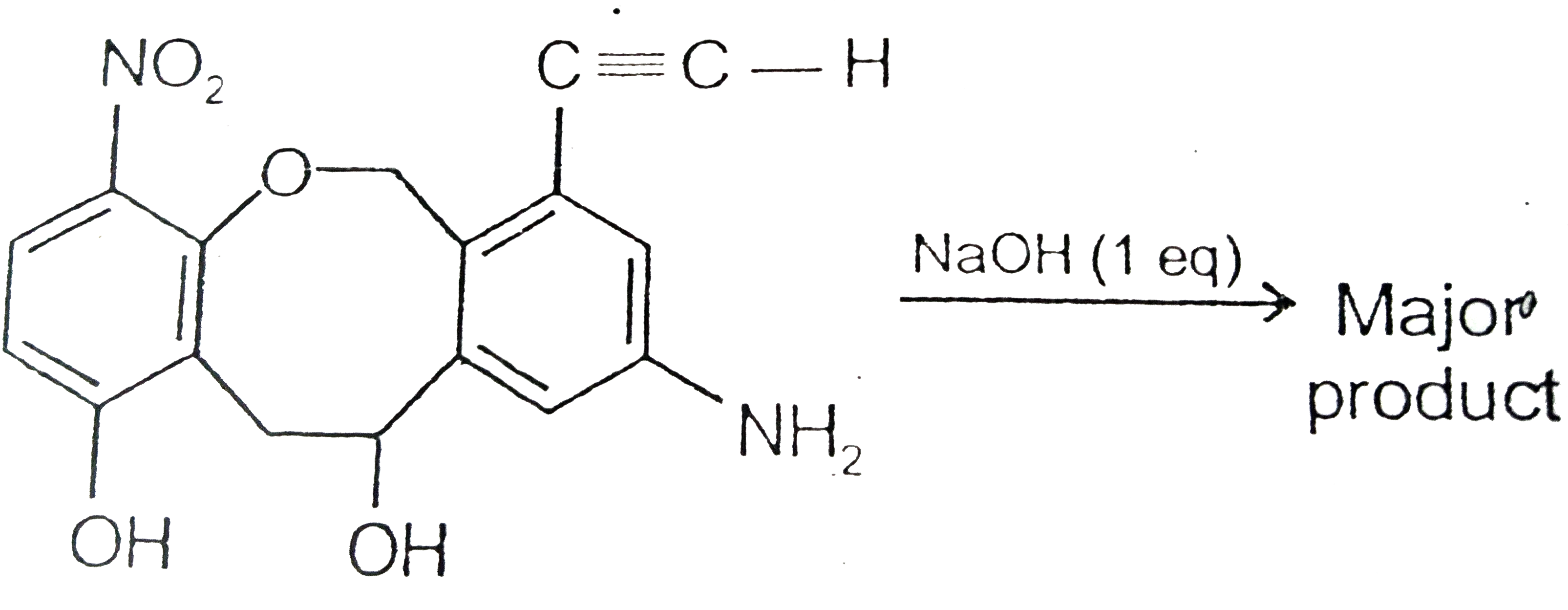
major product the above reaction would be
View SolutionBacause of the resonance stabilization of Arylhalides they are unreactive toward normal nuclephilic substitution reactions . However arylhalides having strong electron withdrawing groups at ortho and para positions give aromatic nucleophilic substitution reactions (SNAr mechanism ) , which involves a resonance stablilized carbanion called Meisenheimer complex
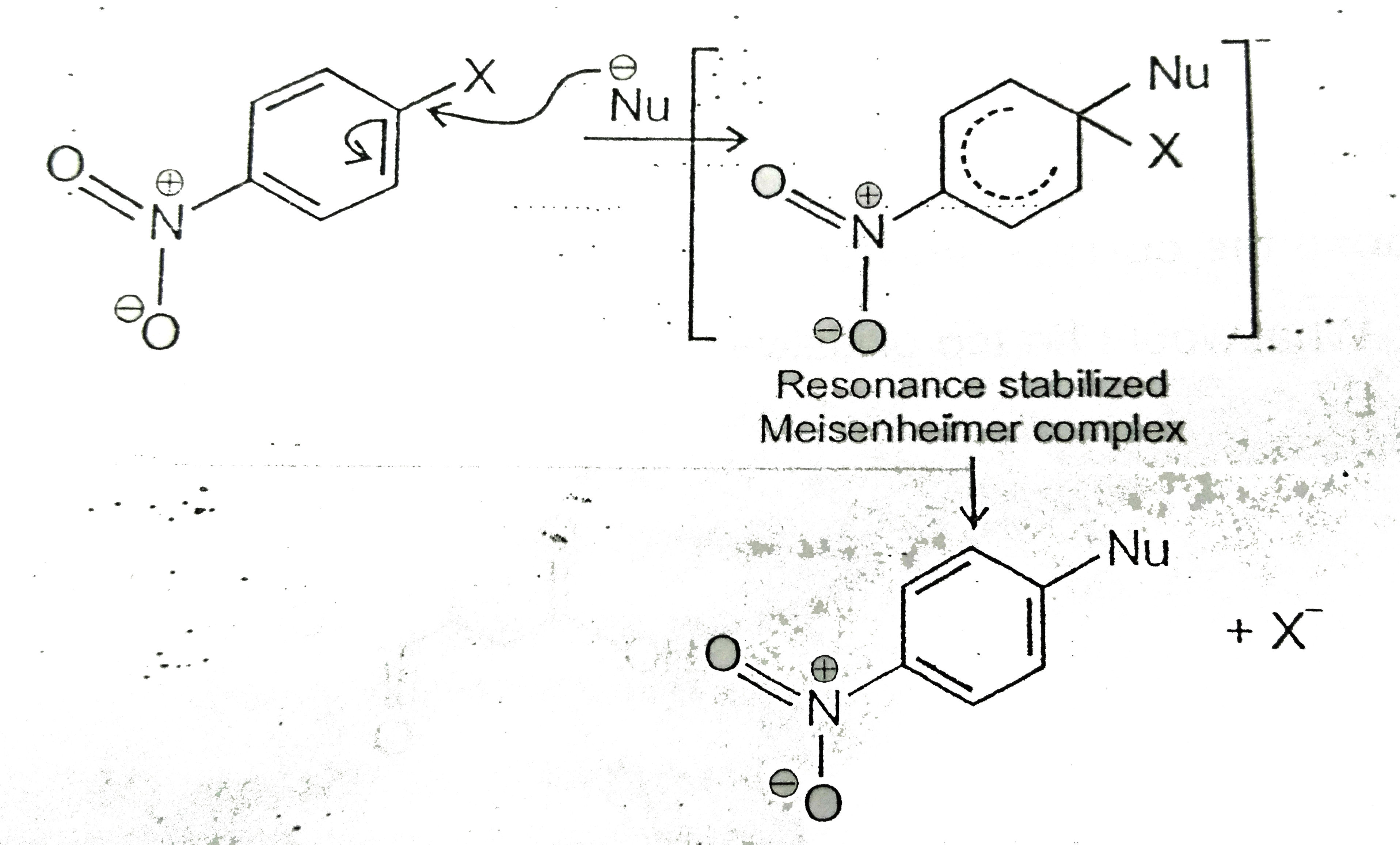
Which of the following statement is / are true ?
View Solution